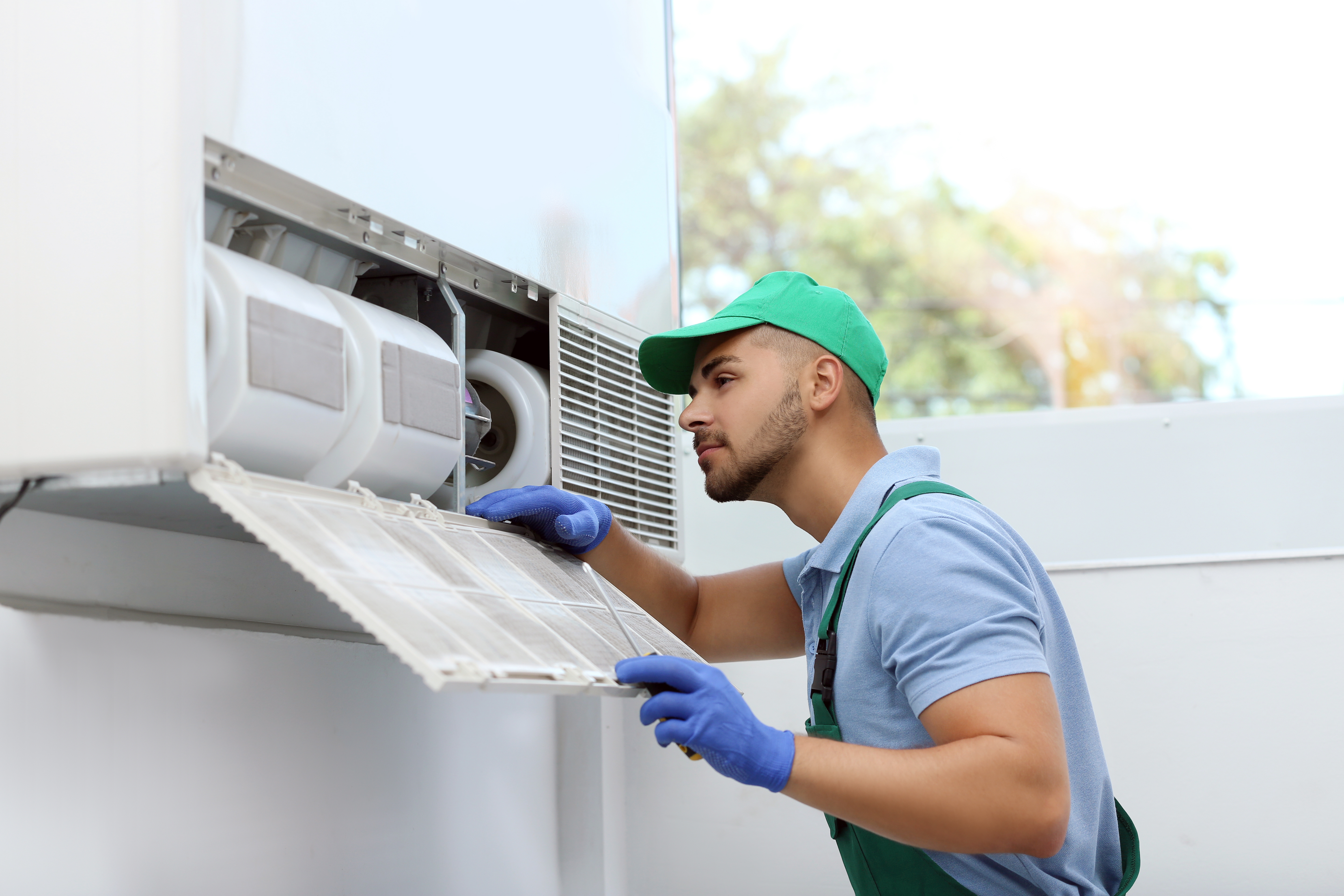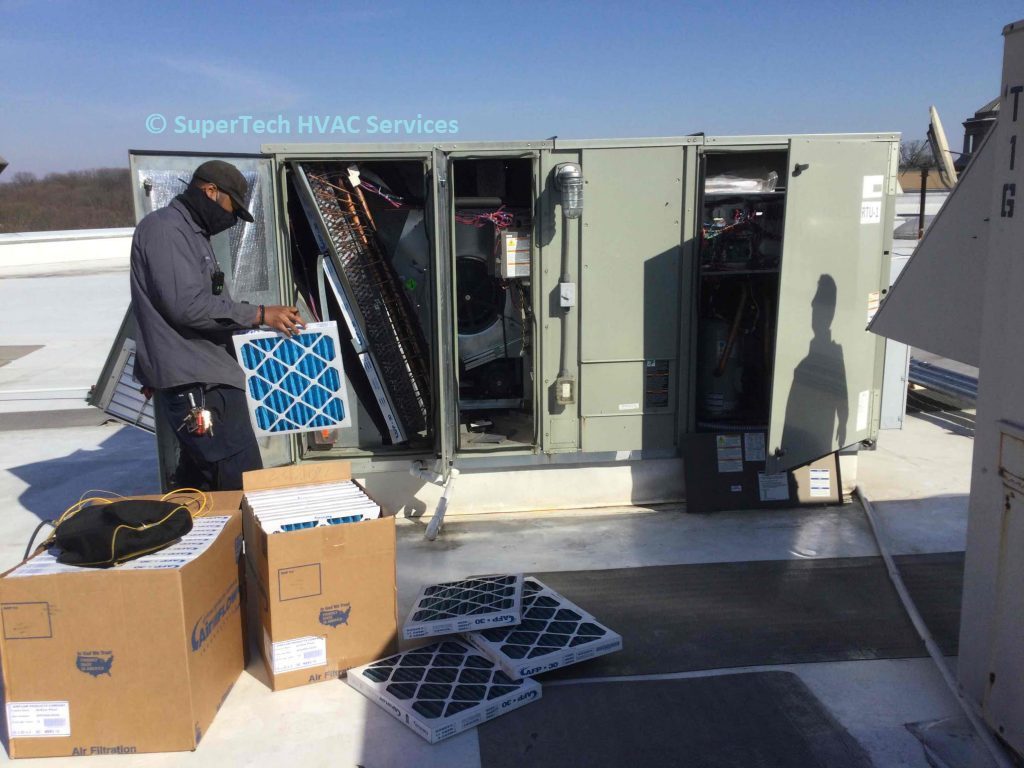Monthly Action Plan for Effective heat pump service
Monthly Action Plan for Effective heat pump service
Blog Article
Exactly How a Heatpump and Heater Interact to Optimize Your Home's Home heating Efficiency
Comprehending how a heatpump and heating system interact is necessary for house owners seeking efficient home heating options. Each system has its strengths, giving a well balanced technique to home comfort. The heatpump masters modest temperatures, while the heater provides rapid warmth during extreme cold. This synergy not only lowers power costs yet likewise enhances the lifespan of both appliances. What variables influence this partnership, and how can homeowners optimize their benefits?
Recognizing Warmth Pumps: How They Function
Although lots of people may be strange with their inner functions, heat pumps play an essential function in modern-day heating systems. These tools operate by transferring warmth from one location to one more, using the concepts of thermodynamics. In colder months, a warm pump essences warmth from the outdoors air, ground, or water, and transfers it inside to warm the space. Conversely, during warmer months, it can turn around the procedure, serving as an a/c by removing warmth from inside to the outside.Heat pumps contain an evaporator, condenser, compressor, and growth shutoff. The cooling agent within the system absorbs heat as it evaporates at low temperatures and stress. The compressor after that boosts the stress and temperature of the refrigerant, allowing it to launch warm as it condenses. This reliable procedure can substantially decrease power usage compared to conventional home heating approaches, making warm pumps a sustainable selection for climate control in homes.
The Role of Furnaces in Home Home Heating
Furnaces play a vital function in home heating by offering a reputable source of warmth during the chillier months. They run by producing heat via combustion or electric resistance, distributing it throughout the home via air ducts or glowing systems. The effectiveness of a heating system is typically determined by its Yearly Gas Use Effectiveness (AFUE) rating, which suggests how efficiently the unit transforms gas into heat.Furnaces can make use of different energy resources, including gas, electrical energy, lp, or oil, permitting property owners to select the most ideal choice for their needs. Unlike warmth pumps, which might struggle in extreme cool, heaters maintain constant efficiency, making sure that indoor temperature levels remain comfy no matter exterior problems. Furthermore, modern-day heaters typically come equipped with sophisticated technology, such as variable-speed blowers and clever thermostats, boosting their effectiveness and responsiveness. This versatility makes heating systems an essential element in all-inclusive home heating approaches.

Benefits of Using Both Equipments With Each Other
Combining the strengths of both furnaces and warmth pumps can result in a more effective and reliable home heating option. Utilizing both systems allows homeowners to benefit from the heatpump's power effectiveness throughout milder temperatures while relying upon the furnace for more severe cold conditions. This twin strategy can greatly reduce power costs, as heatpump consume much less electrical power than traditional heating approaches when temperature levels are moderate.Additionally, using both systems with each other can improve comfort levels in the home. Warm pumps can give regular, even home heating, while heating systems can promptly increase ambient temperature levels when needed. The combination of both systems can expand the lifespan of devices by decreasing wear and tear on each device, as they share the workload. Eventually, property owners can delight in a well balanced, cost-effective home heating solution that readjusts perfectly to varying weather, ensuring a cozy and welcoming home throughout the winter months.
How Heat Pumps and Furnaces Complement Each Various Other
They produce a corresponding home heating system that makes the most of effectiveness and convenience when home owners incorporate warm pumps and furnaces. Heatpump operate by transferring warmth from the outdoors air or ground, making them very reliable in modest climates. They excel throughout milder temperature levels, giving cost-effective heating. Conversely, heating systems produce warm with burning or electrical resistance, supplying solid, instant heat throughout extreme cool conditions.The combination of these 2 systems enables for dynamic modifications based on temperature level variations. Throughout warmer months or milder wintertime days, the warm pump can take the lead, conserving energy and decreasing costs. As temperature levels decrease, the heater can effortlessly engage, guaranteeing consistent warmth throughout the home. This synergy not just optimizes energy use but additionally improves the life-span of both systems, as each system operates within its ideal efficiency variety. Together, they create a well balanced atmosphere that adapts to varying environment needs.
Optimizing Effectiveness: Tips for Homeowners
House owners can improve their heating performance via numerous useful strategies. Developing a normal upkeep schedule, incorporating wise thermostat innovation, and implementing reliable insulation and sealing solutions are key actions. These measures not just boost convenience however additionally decrease power expenses.
Normal Maintenance Set Up
To guarantee maximum home heating performance, developing a regular maintenance timetable is essential for any kind of home. Homeowners need to prioritize regular evaluations of both heatpump and heaters to determine peak efficiency. This consists of changing air filters every one to 3 months, as blocked filters can considerably reduce effectiveness. Additionally, scheduling expert upkeep at the very least when a year enables professionals to identify and deal with potential issues before they intensify. Home owners must additionally clean the heat pump's outside unit to stop particles build-up that can prevent air flow. By sticking to a routine upkeep timetable, home owners not only enhance their heating systems' efficiency however additionally expand their life-span, leading to better comfort and decreased energy costs throughout the colder months.
Smart Thermostat Combination
Incorporating a wise thermostat right into a home heater can considerably enhance energy efficiency, especially as content it permits for exact control over temperature setups. These tools can find out the house owner's schedule and choices, immediately adjusting the temperature level to enhance comfort while minimizing power use. They can decrease heating throughout times when the home is vacant, decreasing unneeded usage. Several smart thermostats also give real-time energy use data, enabling house owners to make educated choices regarding their home heating routines. Additionally, remote gain access to via mobile phone apps enables customers to change settings from anywhere, ensuring the home is warm upon return. On the whole, wise thermostat combination not only enhances convenience but substantially adds to power financial savings and effectiveness.
Insulation and Sealing Solutions
Smart thermostats play a vital role in energy effectiveness, yet their effectiveness can be substantially enhanced by appropriate insulation and securing solutions. Home owners ought to prioritize shielding attics, wall surfaces, and floors to minimize warmth loss. Top notch insulation products, such as spray foam or fiberglass, can greatly boost thermal resistance. Additionally, sealing spaces around ducts, doors, and home windows avoids cold air seepage and warmth getaway. Weatherstripping and caulking are effective techniques for attending to check this these leakages - ductless mini splits. Regular inspections for air leakages, in addition to using blower door examinations, can assist identify problem areas. By purchasing insulation and securing, house owners can enhance the performance of their heater, ultimately resulting in lowered energy intake and reduced utility bills
Common Myths About Heat Pumps and Furnaces
What false impressions surround heatpump and furnaces? Many people wrongly believe that warmth pumps are inadequate in chillier climates. In truth, contemporary warm pumps are created to operate effectively even in low temperature levels, supplying dependable home heating throughout wintertime. An additional typical myth is that heating systems are always more reliable than heatpump. This depends on the specific power sources and effectiveness rankings of the units in question. Some might likewise assume that utilizing both systems simultaneously is unnecessary, but in truth, this mix can optimize heating effectiveness, especially throughout extreme weather condition conditions. In addition, people usually assume that heatpump require continuous upkeep, when truthfully, they have similar maintenance requires to traditional her latest blog furnace. By disproving these misconceptions, home owners can make more informed decisions concerning their heating choices, ultimately resulting in improved comfort and energy effectiveness in their homes.
Upkeep Considerations for Combined Equipments

Frequently Asked Inquiries
Can Heat Pumps Job Properly in Very Cold Climates?
Warmth pumps can struggle in very cool environments because of lowered efficiency and heat extraction restrictions. However, improvements in modern technology have actually led to designs made for better performance in such conditions, boosting their feasibility in rough settings.
For How Long Do Heat Pumps and Furnaces Usually Last?
Heatpump normally last 15 to twenty years, while heating systems have a life expectancy of 15 to thirty years. Routine maintenance can extend their longevity, guaranteeing efficient operation and lowering the requirement for early replacements.

What Is the Average Expense of Installing Both Solutions?
The ordinary expense of mounting both a heatpump and a heater generally varies in between $5,000 to $10,000 - heat pump installation ooltewah tn. Elements influencing this expense consist of system size, setup intricacy, and local labor prices
Are There Tax Motivations for Using Energy-Efficient Heating Equipments?
Numerous home owners inquire regarding tax obligation rewards for energy-efficient heater. Numerous federal and state programs typically supply credit scores or refunds, motivating the adoption of lasting modern technologies to minimize power consumption and promote environmental duty.
Just how Do I Pick the Right Dimension Heatpump and Heater?
Selecting the best dimension warmth pump and heater involves determining the home's square video footage, thinking about insulation top quality, and evaluating local climate. Consulting a professional can assure optimal system performance and energy efficiency based on specific needs. furnace replacement. Comprehending exactly how a heat pump and furnace job with each other is essential for homeowners looking for reliable home heating solutions. In colder months, a warmth pump essences warm from the outside air, ground, or water, and transfers it inside your home to warm the living room. When house owners integrate heat pumps and furnaces, they develop a corresponding heating system that optimizes effectiveness and comfort. Warmth pumps run by transferring warmth from the outside air or ground, making them very reliable in moderate environments. Warm pumps can struggle in very chilly climates due to minimized effectiveness and heat removal constraints
Report this page